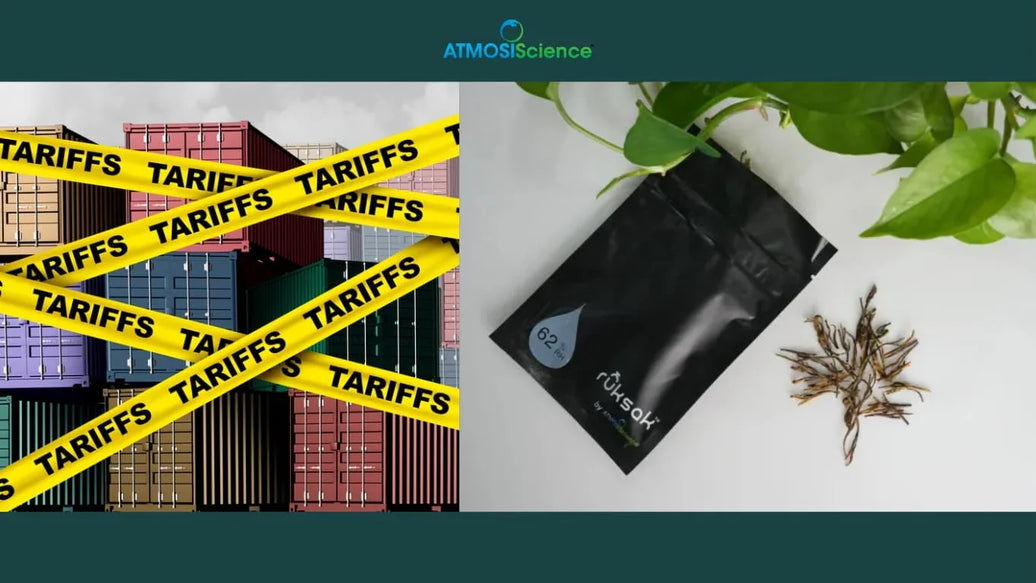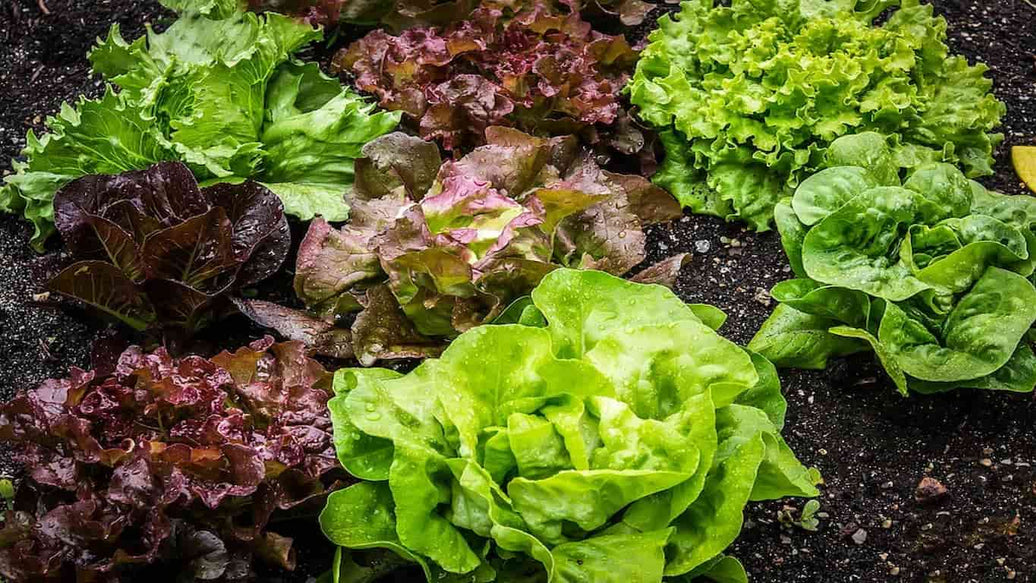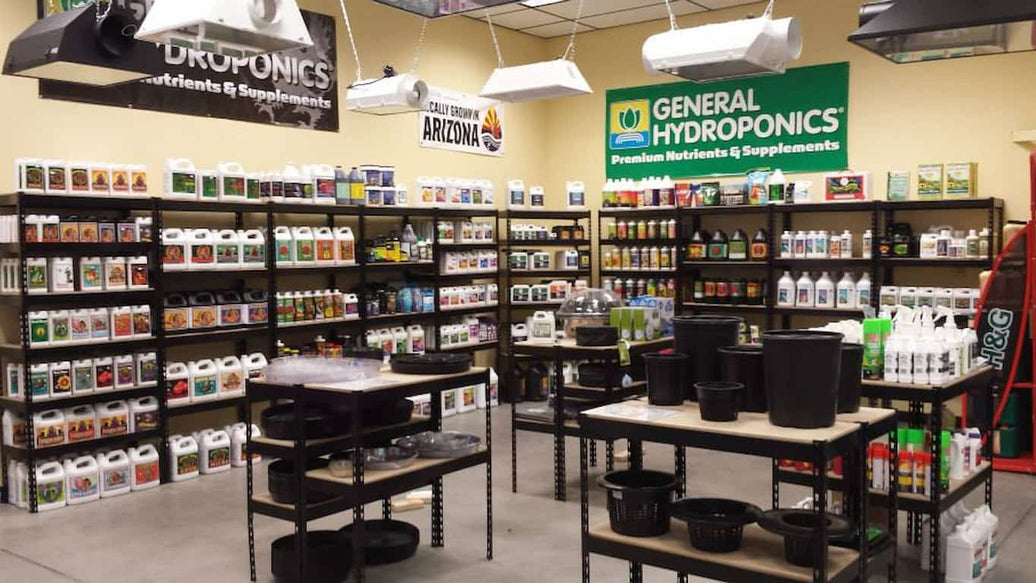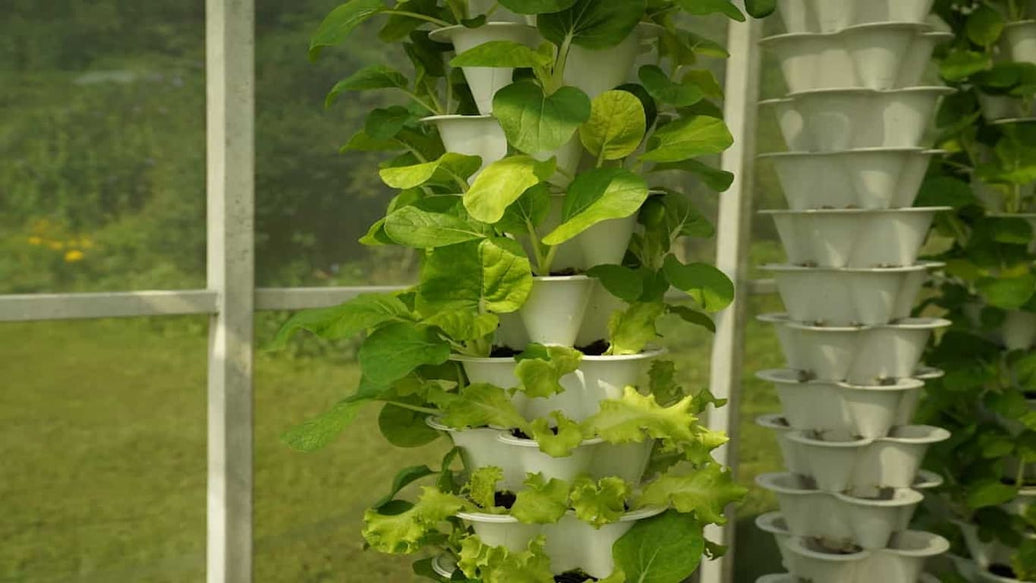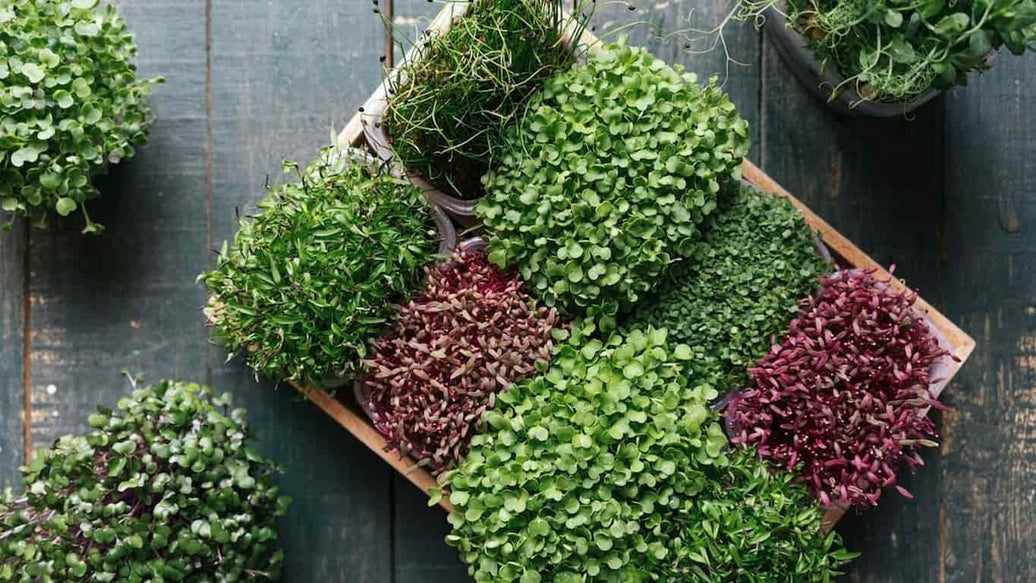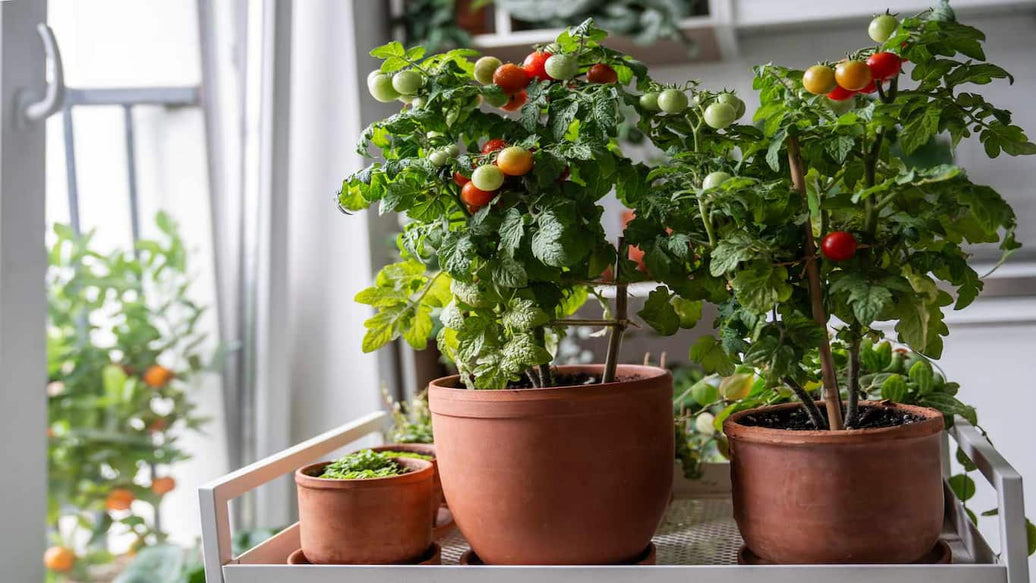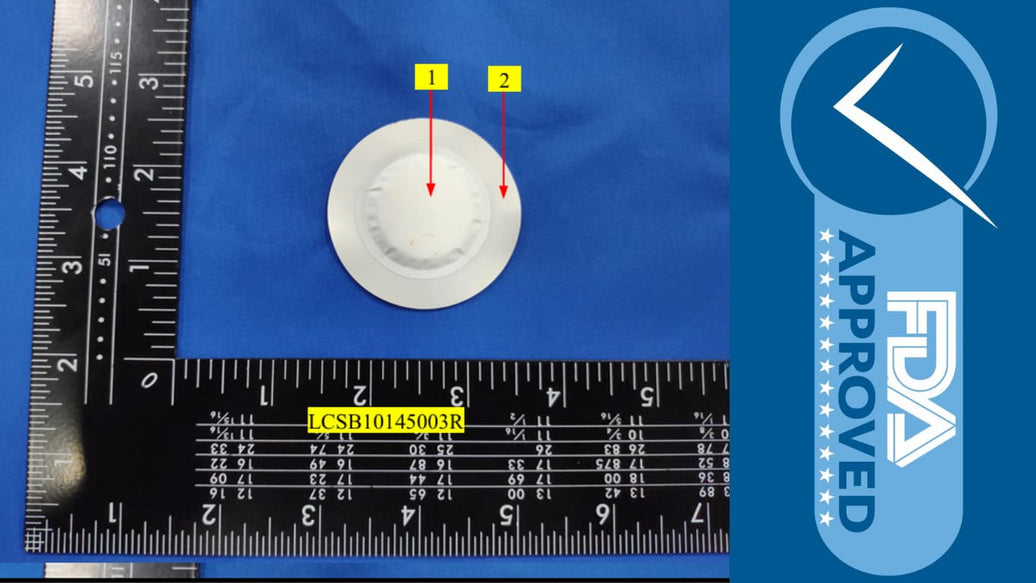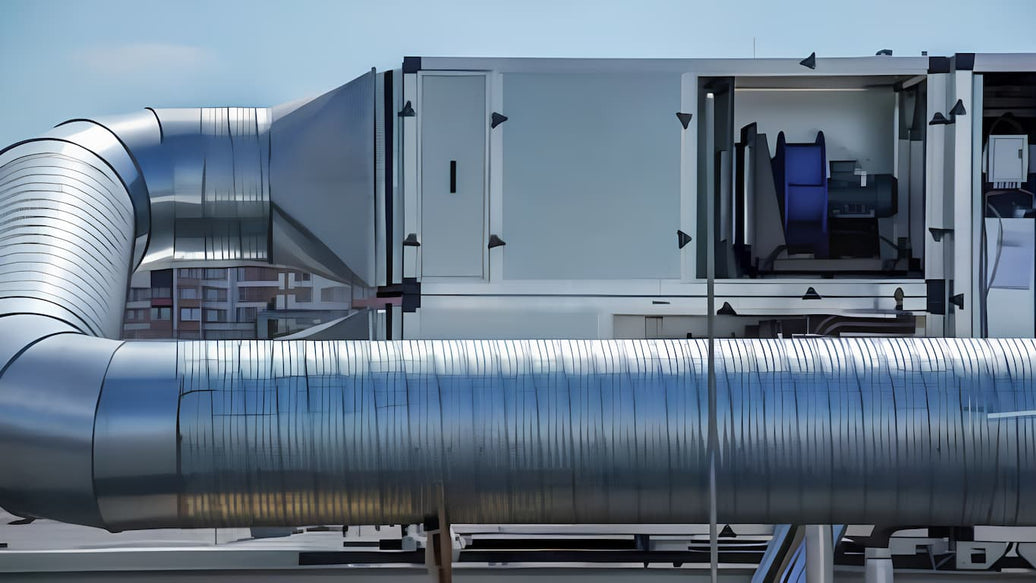Indoor gardening is becoming an increasingly favored and eco-friendly option to cultivate fresh herbs and vegetables, thanks in large part to advances in soilless growing techniques like hydroponics. This thorough guide examines the essentials behind creating the best hydroponic indoor garden, focusing on scientific foundations, practical know-how, and the numerous benefits of this method. Whether aiming to build an indoor hydroponic herb garden, a kitchen garden, or a more extensive indoor hydroponic vegetable garden, this article offers everything needed to start and flourish.

Understanding hydroponics: Origins, fundamentals, and science
Hydroponics denotes the cultivation of plants without relying on soil, instead delivering crucial nutrients through water. This method traces back many centuries, with early adaptations seen in ancient cultures such as the Hanging Gardens of Babylon. Nowadays, hydroponics stands as a key player in sustainable urban agriculture, especially where land is scarce.
Plants supplied with nutrients dissolved in water benefit from precise uptake of essential elements like nitrogen, phosphorus, potassium, calcium, and magnesium, promoting optimal growth. Together with controlled settings for pH, temperature, and lighting, hydroponics often achieves accelerated growth and improved yields.
Compared to traditional soil farming, hydroponics for indoor gardening offers substantial benefits, including water savings up to 90% and elimination of soil-borne pests and diseases, making it a perfect fit for indoor controlled environments.
Exploring different types of hydroponic indoor gardens and systems
There is a wide range of indoor hydroponic gardens suitable for various needs and scales:
- Small-scale indoor home hydroponic gardens such as Deep Water Culture (DWC) and Nutrient Film Technique (NFT) systems are ideal for home cooks and beginners focusing on herbs.
- Dedicated indoor hydroponic herb garden or indoor hydro herb garden setups cater to those wanting fresh culinary or medicinal herbs year-round.
- Larger-scale indoor hydroponic vegetable gardens often use vertical growing towers or multi-layered racks to enhance productivity in limited spaces.
- Advanced cultivators may use aeroponics, a method that mists nutrient solutions for even faster growth.
These systems can be customized from countertop units to full indoor farms, ensuring fresh produce throughout the year.

Ideal herbs and vegetables for hydroponic indoor gardens
Selecting appropriate plants is crucial for success in any hydroponic indoor garden. Herbs, in particular, thrive due to their compact size and rapid nutrient uptake:
- Popular herbs that grow well hydroponically include basil, thyme, oregano, mint, parsley, cilantro, and chives.
- These herbs tend to grow faster and boast richer aromas and flavors than those grown in soil, thanks to optimized nutrient delivery.
- Among vegetables, leafy greens such as lettuce, spinach, and kale are especially suitable, alongside smaller fruiting plants like cherry tomatoes, peppers, and strawberries.
- Crops grown hydroponically often demonstrate superior nutritional content and consistency.
Home growers find an indoor hydroponic kitchen garden invaluable for fresh daily harvesting of herbs, enhancing flavor and convenience.
Advantages of growing with hydroponic indoor gardens

There are numerous merits to selecting hydroponics for indoor gardening:
- Water conservation: Hydroponics recycles water and nutrient solutions, using up to 90% less water than soil-based methods.
- Space maximization: Vertical farms and tiered racks facilitate large-scale production even in tiny indoor areas.
- Year-round cultivation ensures fresh herbs and vegetables regardless of outdoor climate or seasons.
- Reduced pesticide dependence since soil pests are eliminated, resulting in healthier, chemical-free produce.
- Educational and therapeutic benefits: indoor hydroponic projects stimulate STEM learning opportunities and provide mental health benefits by connecting individuals with nature.
Both hobbyists and commercial growers benefit from the increased productivity and sustainability that hydroponics delivers.
How to assemble your own indoor hydroponic garden: a practical guide

Creating a flourishing home hydroponic herb garden or broader indoor home hydroponic garden involves several important steps:
- Pick the system that fits your needs: Beginners often opt for Deep Water Culture (DWC) or Nutrient Film Technique (NFT) systems due to ease of use. Aeroponics, or vertical farms, suits advanced users.
- Evaluate your available space: Systems range from small countertop units to dedicated grow rooms depending on space.
- Gather necessary equipment: This includes reservoirs, water pumps, grow trays or containers, LED grow lights, and inert growing media such as coconut coir or rock wool.
- Prepare your nutrient feed: Use pre-mixed hydroponic nutrients or formulations, adjusting pH and electrical conductivity to suit plant needs.
- Plant healthy seedlings or clones: Start with vigorous plants ideal for hydroponic growth.
- Regularly monitor and maintain: Check nutrient levels, pH, temperature, lighting, and overall system health. Maintain sanitation to prevent disease.
By carefully following these steps and performing consistent upkeep, gardeners can expect strong growth and bountiful harvests.
Tips and recommendations for hydroponic indoor gardening
To create the best hydroponic indoor garden, consider these expert tips:
- Beginners should choose automated or all-in-one hydroponic kits that include lighting and nutrient dosing systems.
- If focusing on herbs, compact hydroponic herb growers designed for kitchen spaces provide great convenience and results.
- Utilize smart sensors and timers if possible to automate environmental controls.
- Join hydroponic community forums for advice and troubleshooting help.
Also, explore atmosiscience.com blogs on topics such as nutrient solutions and vertical farming to deepen your knowledge.

Conclusion
An efficient, sustainable, and rewarding way to cultivate fresh herbs and vegetables is through a hydroponic indoor garden. A firm grasp of the underlying scientific principles of nutrient delivery and environment control, careful selection of plants, and thoughtful system setup enable high yields year-round.
With benefits spanning water savings, optimized space use, and pesticide-free produce, hydroponics is revolutionizing indoor gardening. Whether embarking on a modest indoor hydroponic herb garden or a larger indoor hydroponic vegetable garden, this method empowers individuals and businesses to harvest fresh, clean food all year.
Begin your hydroponic journey today by exploring ATMOSIScience’s expert guides and product range - and bring the freshest garden flavors right to your indoor space.

